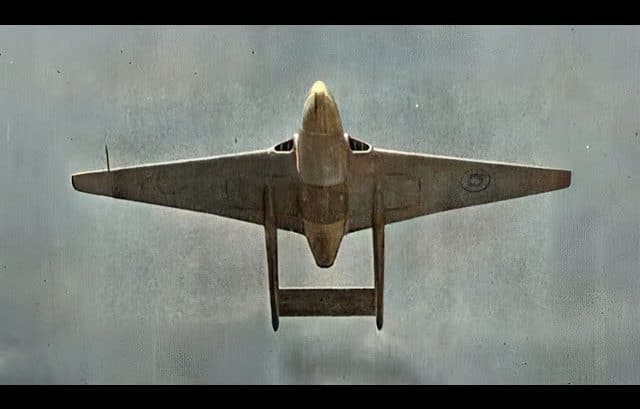During the early days of the jet era, engineers from de Haviland came up with a remarkable aircraft – second only to the renowned Gloster Meteor – the Vampire.
This iconic plane was not only the second jet fighter that joined the ranks of the Royal Air Force, but it was also the first plane to be powered by a single jet engine.
Featuring a sleek twin-boom design and a powerful single engine, the Vampire quickly made a name for itself in the world of aviation and was ready to achieve a number of firsts and break records.
When in Doubt
The first prototype, DH100 Vampire, took its maiden flight on September 20, 1943, and was flown by Geoffrey R. De Havilland, the son of the company founder.
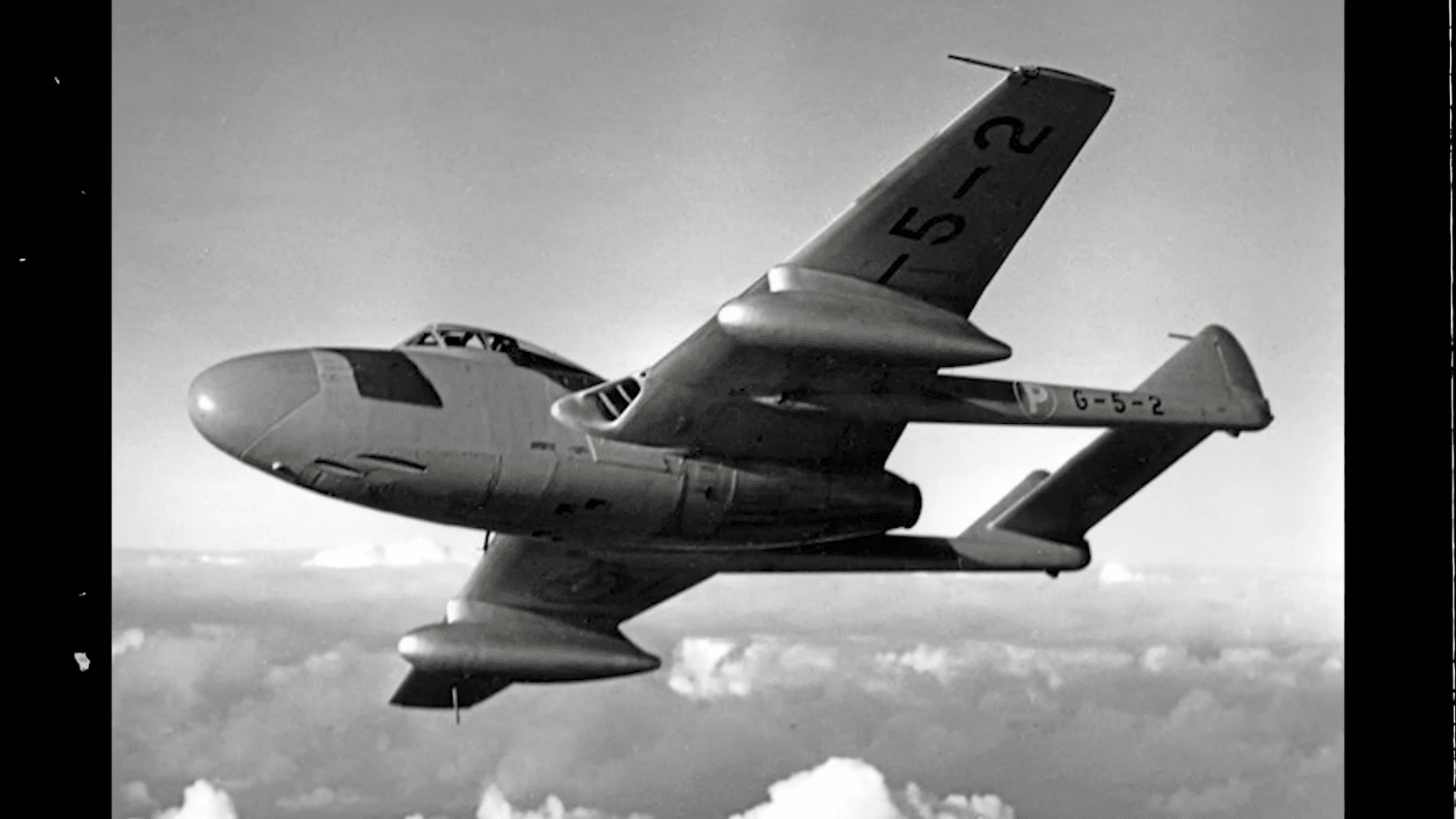
The twin-boom design of the aircraft was unique among fighters at that time. The P-38 Lightning was the only other fighter that featured a twin-boom design before the vampire was introduced. The plane went into production the following year, missing active war service by a thin hair.
A Favorite
On June 8, 1946, Fighter Command’s 247 Squadron introduced the Vampire to the British public, leading the fly past.
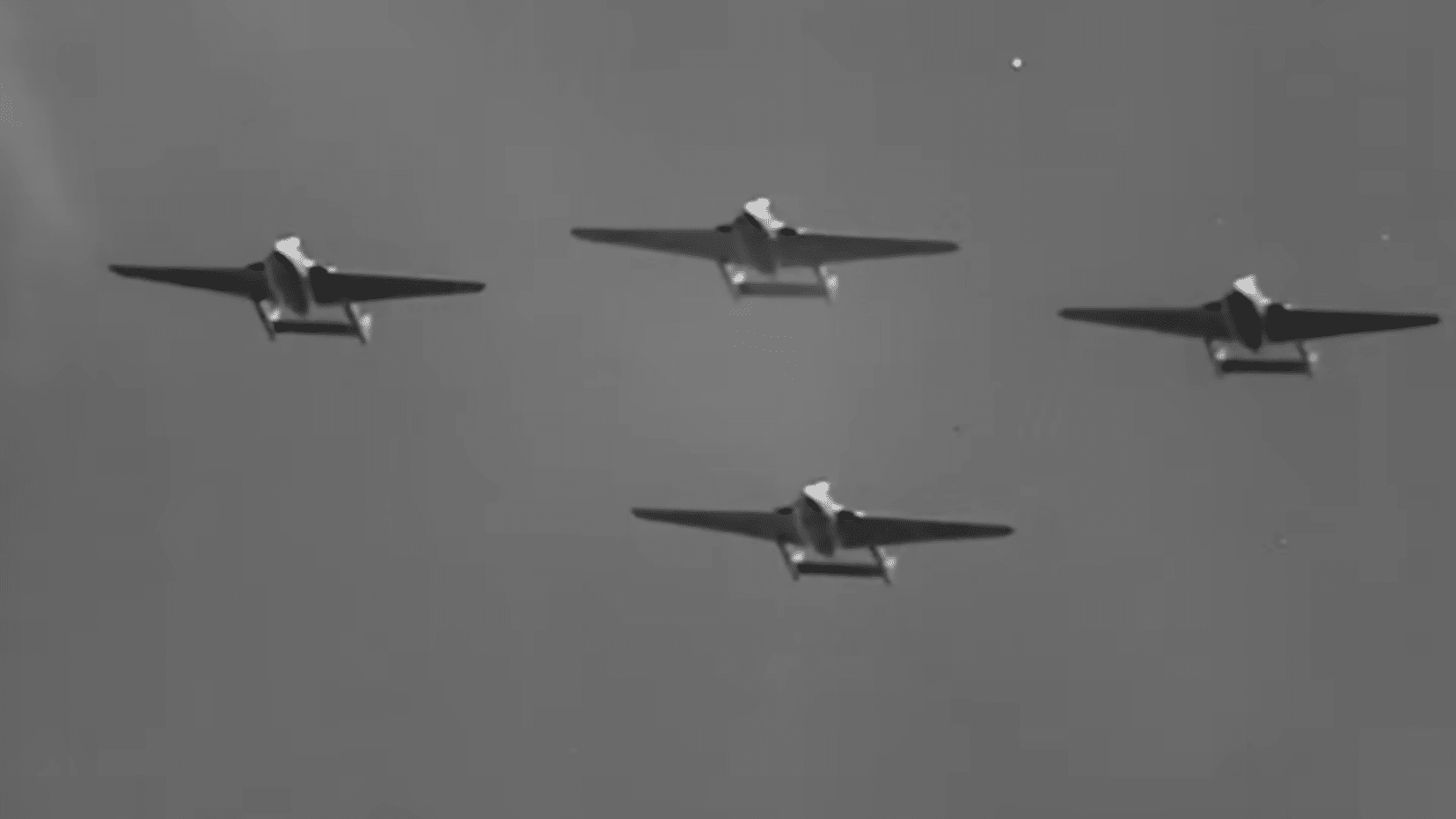
The plane had a unique design, and with its twin tail boom and pod-like fuselage, the plane was easy to recognize both air and from the ground. It’s also highly versatile, setting many aviation records, including being the first RAF fighter to reach a top speed of 500 miles per hour.
Powerful Goblin Engine
The impressive capability of the Vampire was because of its powerful Goblin engine, letting it reach a top speed of 548 miles per hour and a service ceiling of 42,800 feet.
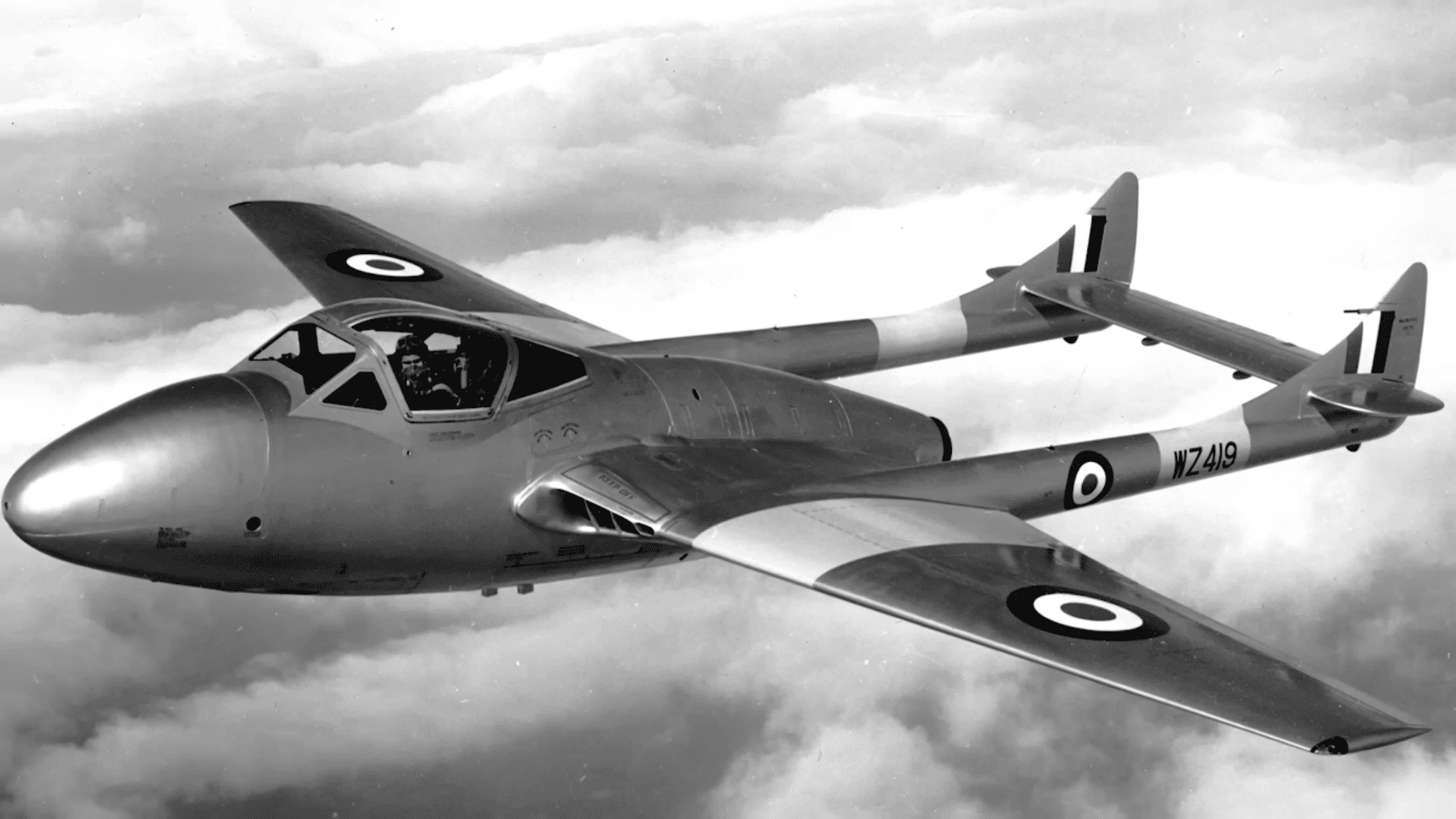
The aircraft also became a favorite among pilots, especially after Captain Eric “Winkle” Brown had successfully landed and taken from an aircraft carrier using a Sea Vampire in December 1945, making it the first true jet aircraft that can achieve this feat.
Flying Into the Sunset
The Vampire’s distinctive look and twin-boom design became the signature of De Havilland’s other planes. Although this design was unique in jet fighters, the Vampire proved to be a more than decent fighter, serving the RAF until 1966.
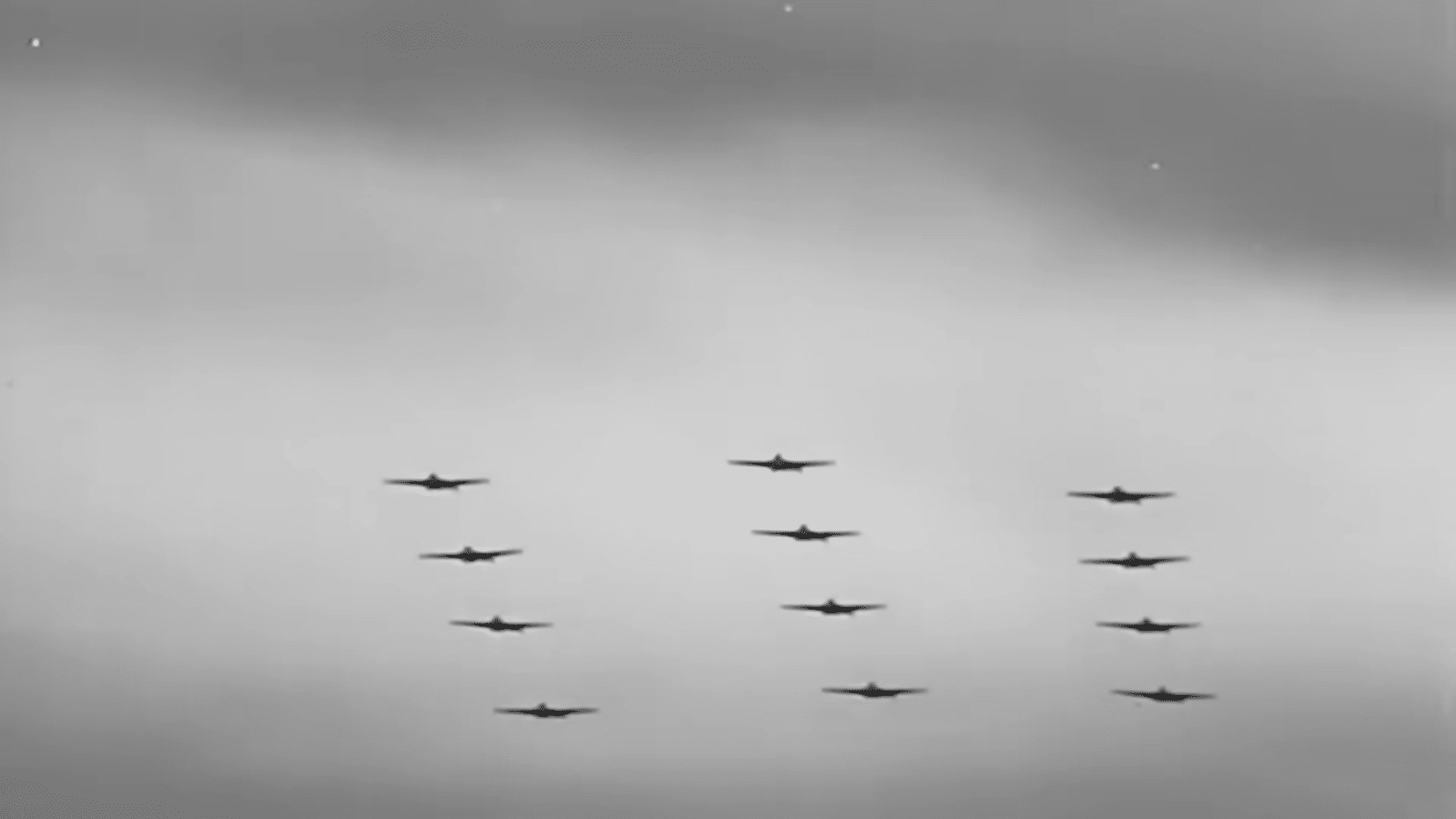
Soon however, the British Air Ministry recognized that the plane was quickly becoming outdated, especially to its rival the Gloster Meteor, which proved to be superior to the De Havilland plane, leading to the Vampire’s withdrawal from frontline service in 1953.
A Favorite
Although the Vampire was replaced in the fighter role by other planes, it became a favorite among aviation enthusiasts. Some of these planes are even on display in museums worldwide.
Others continue to fly on civilian hands at airshows. The plane’s simple design and ease of maintenance have made it possible for these planes to become airworthy even today.
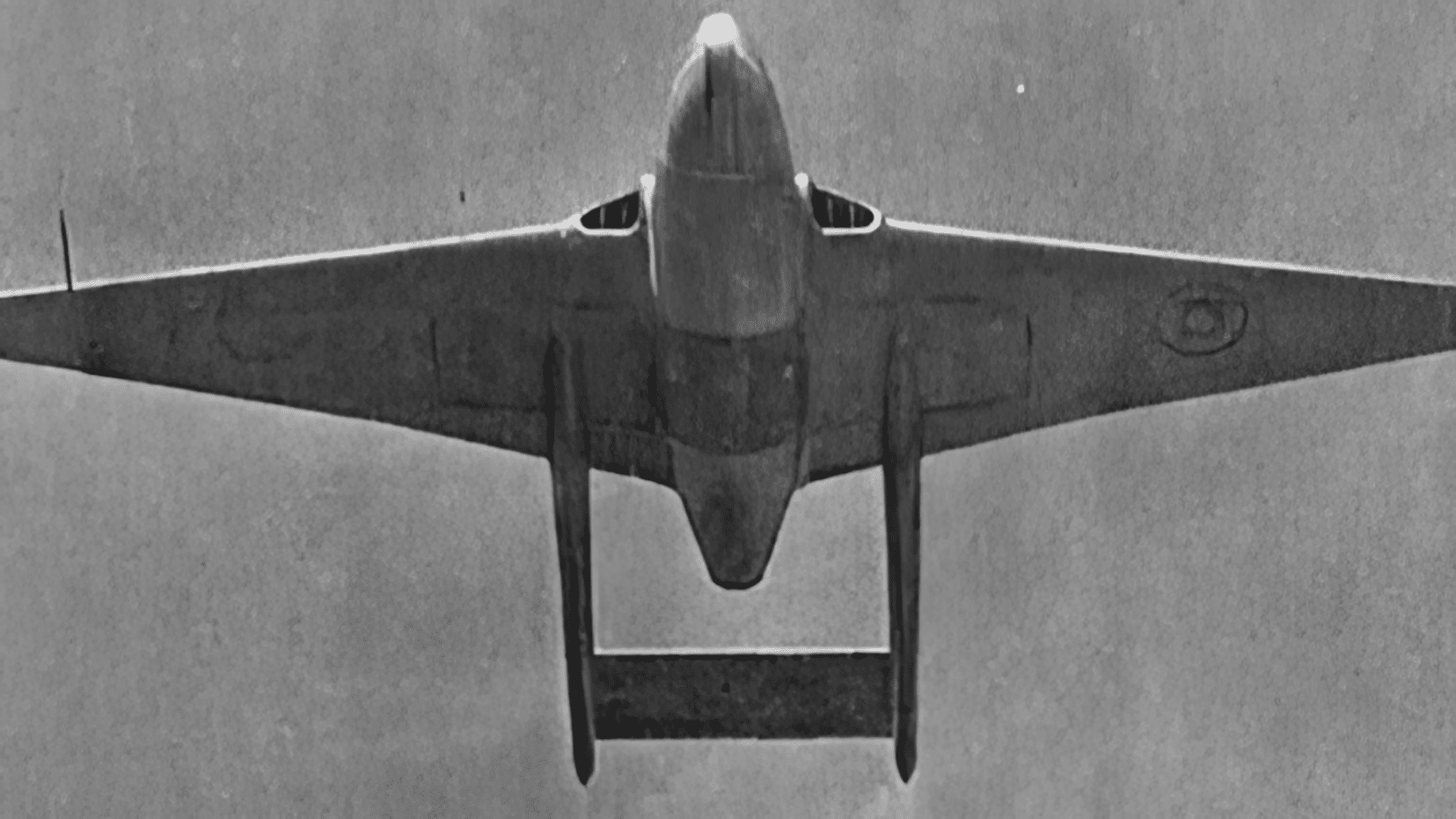
What are your thoughts about this iconic plane? Let us know by leaving a comment!


